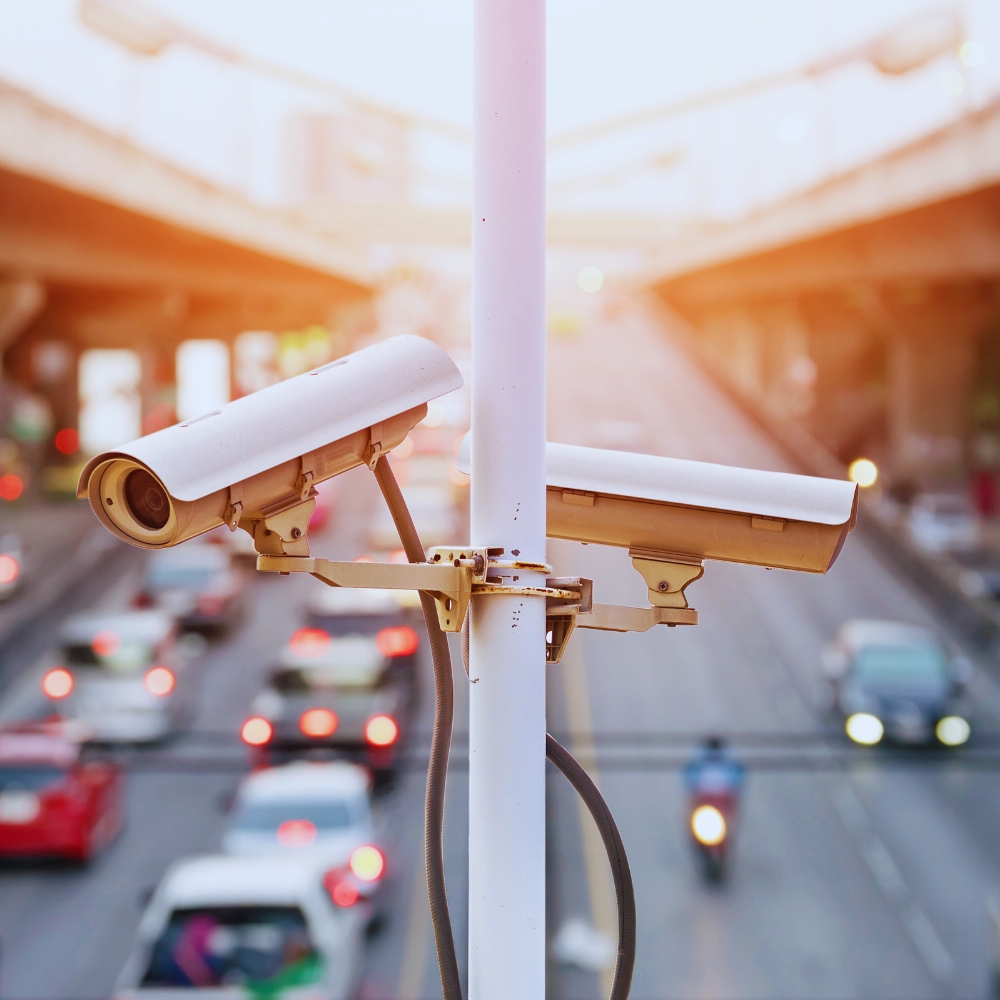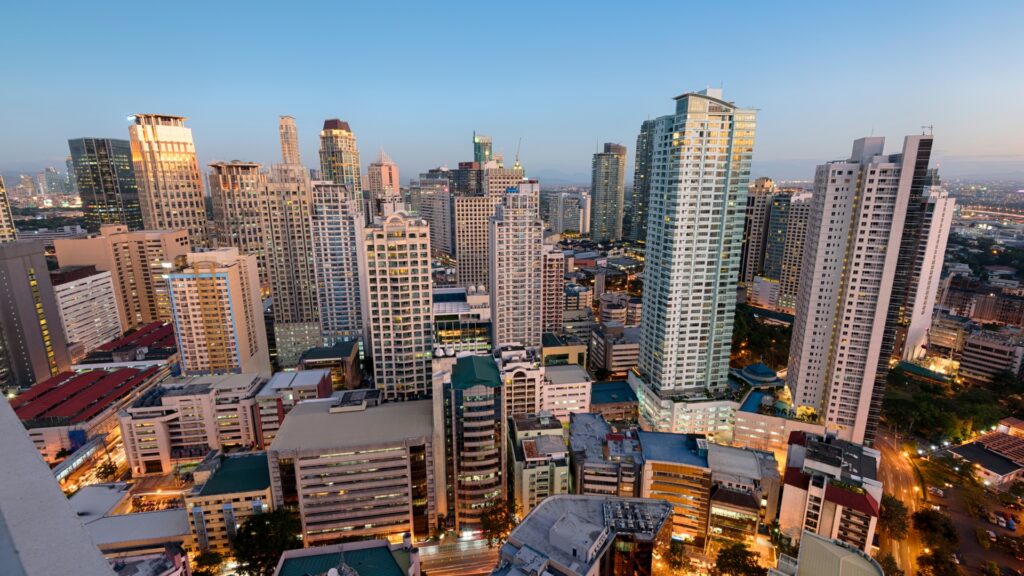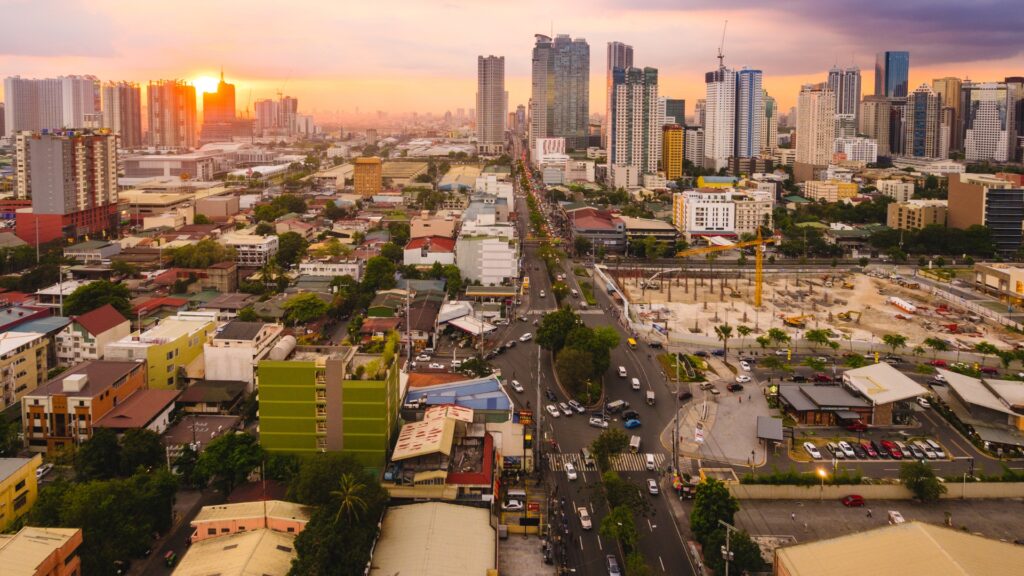
Alright, let’s talk real. I’ve spent years looking at how government policies actually play out on the ground, not just on paper. And right now, if you’re riding a motorcycle in Metro Manila, there’s one thing you absolutely need to get straight: the No Contact Apprehension Policy, or NCAP. It’s back, it’s watching, and trust me, it’s changed the game for good.
Remember the days when you could sometimes get away with a quick swerve or a slightly dodgy U-turn? Yeah, those days are pretty much over. Now, it’s not about getting pulled over by a traffic enforcer. It’s about a notice showing up in your mailbox a few days later, quietly informing you that you messed up. That’s NCAP. It’s a new reality for riders, and honestly, trying to ignore it is like trying to ride through a flooded street with bald tires – it’s just going to end badly.
The Unseen Eye: How NCAP Really Works
So, how does this whole NCAP thing actually go down? It’s pretty straightforward, honestly. They’ve got these high-tech cameras – I’m talking serious CCTV systems – positioned on major roads like EDSA, C5, and Commonwealth Avenue. Think of them as always-on witnesses, always watching.
My initial thought when they fully rolled this out again was, “Is this just another way to get more money from drivers?” But digging into it, you see the bigger picture. It’s supposed to be fairer, right? Less human error, less chance for, you know, “negotiations.” Here’s the drill: if you commit a violation, like running a red light or, heaven forbid, having a covered plate, the cameras catch it. They get clear photos and videos, logging the exact time, date, and location. Then, someone at the MMDA reviews that evidence. If it checks out, a Notice of Violation (NOV) gets mailed directly to your motorcycle’s registered address. You might be completely unaware you even did something until that letter arrives. It’s a silent, digital enforcement system.
What Motorcycle Riders Must Watch Out For
NCAP applies to everyone on the road, but certain violations snag us motorcycle riders more often. It’s just how we move, and how some rules are specifically aimed at bikes. Here’s what you absolutely need to be extra careful with:
Covered or Obscured Plates: That P5,000 Punch. This is the big one, and the MMDA is absolutely serious. If anything – a religious figurine, a souvenir, a piece of tape, even mud – blocks your license plate from being clearly seen, that’s an automatic P5,000 fine. I’ve heard stories about people getting caught because a small keychain was hanging over a digit. And get this: the LTO is now suspending licenses for repeat offenders! So, for the love of all that’s holy, make sure your plate is spotless and totally visible. Seriously, your wallet depends on it.
Motorcycle Lane Discipline: On major roads like EDSA, those special motorcycle lanes exist for a reason. Sometimes they feel tight, or you might be tempted to pop out for a split second to get ahead. Don’t. Those cameras are watching. Stick to your lane, even if it feels a little slower. It’s not worth the ticket.
Disregarding Traffic Signs and Signals: This is basic driving, but NCAP makes it unforgiving. Running a red light, making an illegal U-turn or left turn when there’s a clear “No” sign – these are prime targets for the cameras. Those little shortcuts or “creative” maneuvers we used to try? The cameras see everything.
Speeding: Our bikes are built for speed, I know. But Metro Manila has speed limits, and NCAP cameras are often equipped to catch you going too fast. Commonwealth Avenue, in particular, is notorious for speed traps. Just ease up on the throttle.
Illegal Parking or Stopping: This might seem minor, but it trips up a lot of riders. A quick stop to check your phone, pick up a friend, or grab something? If you’re in a “No Parking” zone or blocking a pedestrian lane, the NCAP system isn’t going to care about your quick errand. It just records the violation.
Got a Ticket? Here’s the Playbook
Okay, so it happens. Maybe you have a gut feeling you messed up, or that actual envelope lands on your doorstep. What’s the next step?
Checking for Violations: Be Smart, Be Safe. The best move is to be proactive. The MMDA has an official online portal where you can check for violations by entering your plate number. I recommend doing this every now and then, just like checking your bank account. Better to know early than to get a nasty surprise later.
A heads-up here: There have been some fake websites and apps circulating that claim to let you check NCAP violations. The MMDA has warned the public against these! As of now, the MMDA is still working on developing their official website and a mobile application for checking violations. So, if you see an app promising to check your violations now, be very, very careful. It’s likely not legitimate.
Reading Your NOV: If that Notice of Violation (NOV) arrives, don’t just ignore it. It’ll tell you exactly what you did, when, where, and usually include photos or video evidence. It also lays out the fine and the deadline for payment or for appealing.
Paying Your Fines: If it’s a legitimate violation, honestly, just pay it. You can usually do this online through various payment channels like Landbank Link.BizPortal, or at designated payment centers. Seriously, don’t let these things pile up, or it can cause real headaches when you try to renew your motorcycle registration.
Contesting a Violation: Now, if you genuinely believe you were wrongly accused, you absolutely have the right to challenge it. The NOV will explain the process, which usually involves filing a formal appeal within a specific timeframe (often within 10 working days of receiving the notice). Maybe the camera misread your plate, or your motorcycle was sold before the incident (make sure your LTO records are updated!). You’ll need to gather any proof you have and follow their process carefully. For walk-in appeals, you’ll head to the MMDA Traffic Adjudication Division office in Pasig City. It’s not a casual chat, so be prepared with your facts.
My Personal Rider’s Creed: Navigating NCAP Smartly
Look, I’ve seen enough policies roll out to know that the best way to deal with new rules isn’t to fight them blindly, but to understand them and adapt. For us motorcycle riders, this means stepping up our game.
Know Your Routes, Know Your Rules: Seriously, be a student of the road. What’s that new sign? Did they change a lane marking? Things shift, so stay updated.
Plate Perfection is Non-Negotiable: I cannot stress this enough. Your license plate is your identification. Keep it spotless, completely visible, and free from any obstructions. That P5,000 fine is a brutal lesson.
Stick to Your Lane: Use those motorcycle lanes. It’s safer, and it keeps you off the NCAP radar.
Mind Your Speed: The cameras don’t care if you’re in a hurry. Stick to the limits.
Traffic Lights Are Absolute: Red means stop. Period. Green means go. It’s fundamental, but under NCAP, there’s no room for guessing.
Drive Defensively: Assume everyone else is distracted. A disciplined riding style naturally reduces your chances of getting a ticket.
Do Regular “Plate Checks”: Make it a habit to jump online and check for violations. It’s a quick peace-of-mind check.
Keep LTO Records Flawless: This is crucial. If your address changes, or you sell your bike, update your details with the Land Transportation Office ASAP. It saves huge headaches later.
The Road Ahead: Riding into a Sharper Future
The NCAP system, especially with the Supreme Court’s recent decision effectively allowing it to proceed on major thoroughfares under the MMDA, isn’t just a regulatory move; it’s a firm push towards a more orderly, safer Metro Manila. And while no system is perfect, I truly believe this move, backed by technology, can help foster a more disciplined driving culture for everyone.
For us motorcycle riders, it means evolving. It’s no longer about whether you might get caught; it’s about the near certainty of being recorded if you step out of line. So, let’s adapt, let’s ride smart, and let’s embrace this new era of digital accountability. After all, isn’t a smooth, penalty-free ride the best kind of freedom on two wheels? I sure think so.



